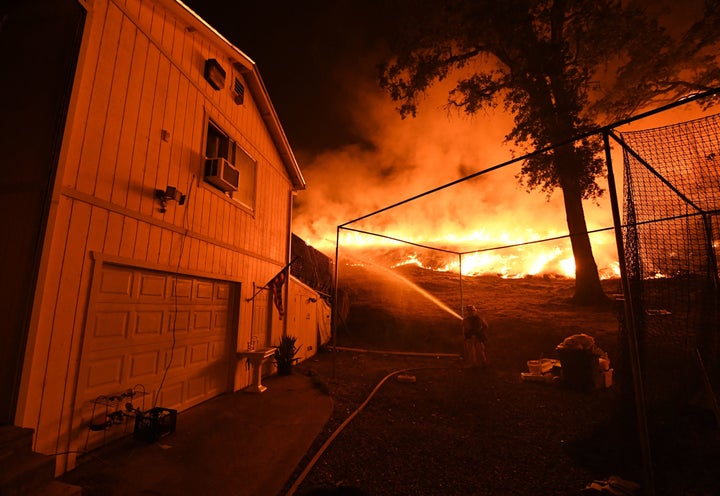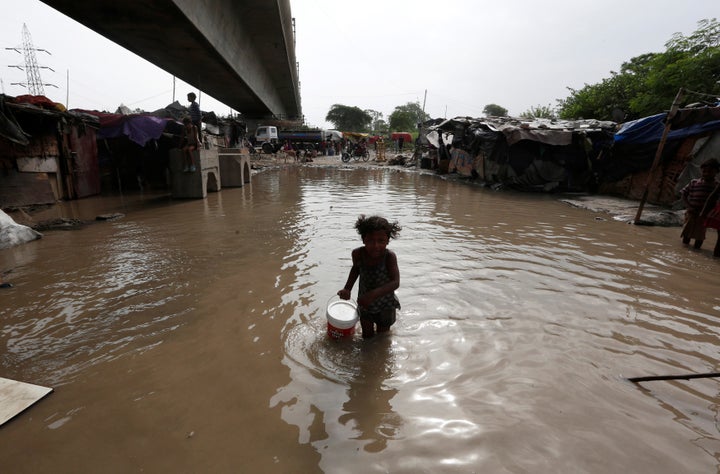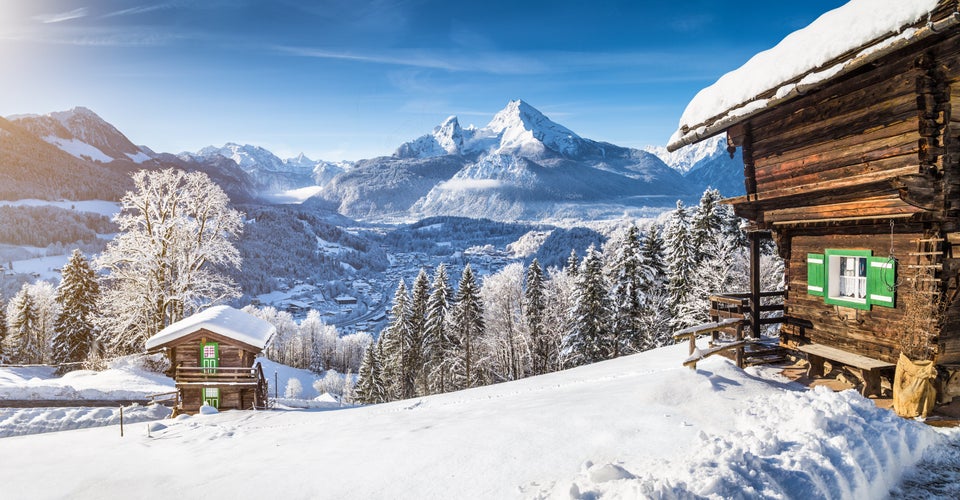
The New York Times Magazine this week published its longest story ever, a 31,000-word meditation on the missed opportunity of a decade, 1979-1989, when the scientific consensus on climate change aligned with partisan politics.
But if the story is a rumination on regret, what was lost? The global temperature has already risen by 1 degree Celsius from preindustrial levels ― halfway to the limit the Paris Agreement aimed to enforce. It’s worth considering what the world would be like today had policymakers enacted legislation to reduce greenhouse gas emissions before the 1990s.
“Maybe surprisingly, it would not look much different in 2018,” said Jennifer Francis, a research professor at Rutgers University. “That’s because all the CO2 emitted up until the ’70s and ’80s remains in the atmosphere for over a century. We’re now feeling the impacts of accumulated greenhouse gases we’ve dumped into the atmosphere since the industrial revolution.”
Even if lawmakers had committed to legally binding emissions cuts and clean energy targets by 1989, it would have taken at least 20 years to wean the United States’ economy off of fossil fuels.

“The infrastructure takes over a decade to change ― more like two decades, in major ways ― so even if a policy were put in place, its effects would not be realized until after 2010 or so,” said Kevin Trenberth, a senior scientist at the National Center for Atmospheric Research in Boulder, Colorado. “So the emissions in 1990 would likely continue and even increase as they have for a bit.”
But while warming would continue, there would be one key difference: The world’s richest and most powerful nation would be on the path to declining emissions. That would have dramatic ramifications.
Cities ― where more than half the world’s population lives ― would be planned with greenhouse gas pollution in mind. At the very least, planners would be ahead of where they are now when it comes to providing more electric vehicle infrastructure, designing neighborhoods to cope with storm surge and heat waves, and reducing emissions from buildings ― by far the largest source in metropolises like New York.
“If we had acted decades ago, we could have steadily adjusted our energy systems to ramp down emissions gradually,” said Daniel Cohan, an associate professor of civil and environmental engineering at Rice University in Texas. “Instead, we’ve allowed emissions to grow for another three decades, which means we’ll need to push down emissions incredibly quickly to have any chance of meeting the Paris goals.”
Had the United States begun to decarbonize by the late 1980s, it would have created a new paradigm for developing countries such as India, Indonesia and China, the world’s largest emitter. Those nations pulled populations out of poverty by following the model set by rich western countries ― burning tons of coal.
“In terms of our energy choices, though, the world would look very different,” said Katharine Hayhoe, an atmospheric scientist and founder of ATMOS Research & Consulting. “What would Beijing look like? How many millions of people would not have died from air pollution every year?”
“The bottom line is that the effects on the climate in 2018 would be small. But they would be underway, and the differences by 2030 would be substantial.”
- Kevin Trenberth, senior scientist at National Center for Atmospheric Research
Meanwhile, the heat trapped by the record-level emissions spewing from tailpipes and smokestacks today won’t be felt until decades from now. Greenhouse gases are cumulative, meaning reducing emissions enough to avert the most cataclysmic effects of climate change is a significantly taller hurdle than it was before. The challenge has been compared to diabetes, because it’s incurable, but the behaviors that caused it only exacerbate the affliction and make it harder to treat as time goes on.
So even if there had been serious action decades ago, “the bottom line is that the effects on the climate in 2018 would be small,” Trenberth said. “But they would be underway, and the differences by 2030 would be substantial.”
Climate scientist Michael Mann, author of The Madhouse Effect: How Climate Change Denial Is Threatening Our Planet, Destroying Our Politics and Driving Us Crazy, offered another metaphor: skiing.
“Had we acted when we knew we had a problem, the emissions cuts needed to avoid dangerous warming would have been a ‘bunny slope,’” said Mann, who criticized the Times Magazine article for minimizing the fossil fuel industry’s role in halting efforts to reduce greenhouse gases. “What four decades of relative inaction has bought us, instead, is a trip down the black double-diamond slope. We now need far steeper cuts in emissions in the years ahead.”
Other scientists outright dismissed the hypothetical question of how the world would be if the U.S. passed climate legislation by 1989.
“I’m not going to go down that road,” said David Titley, a climate scientist at Pennsylvania State University and a retired Navy rear admiral. “You can drive yourself crazy (and use up a lot more time than I have) with the counterfactuals.”
He compared the question to a number of famous what-ifs: What if the Russians didn’t blink in the Cuban missile crisis? What if Hitler had not invaded Russia and had forced England to sign a treaty? What if Bill Clinton had successfully killed Osama bin Laden in 1998? What if the South had won at Gettysburg?
“We can only influence today and tomorrow,” he said. “I’ll let the historians figure out how we got to where we are.”

